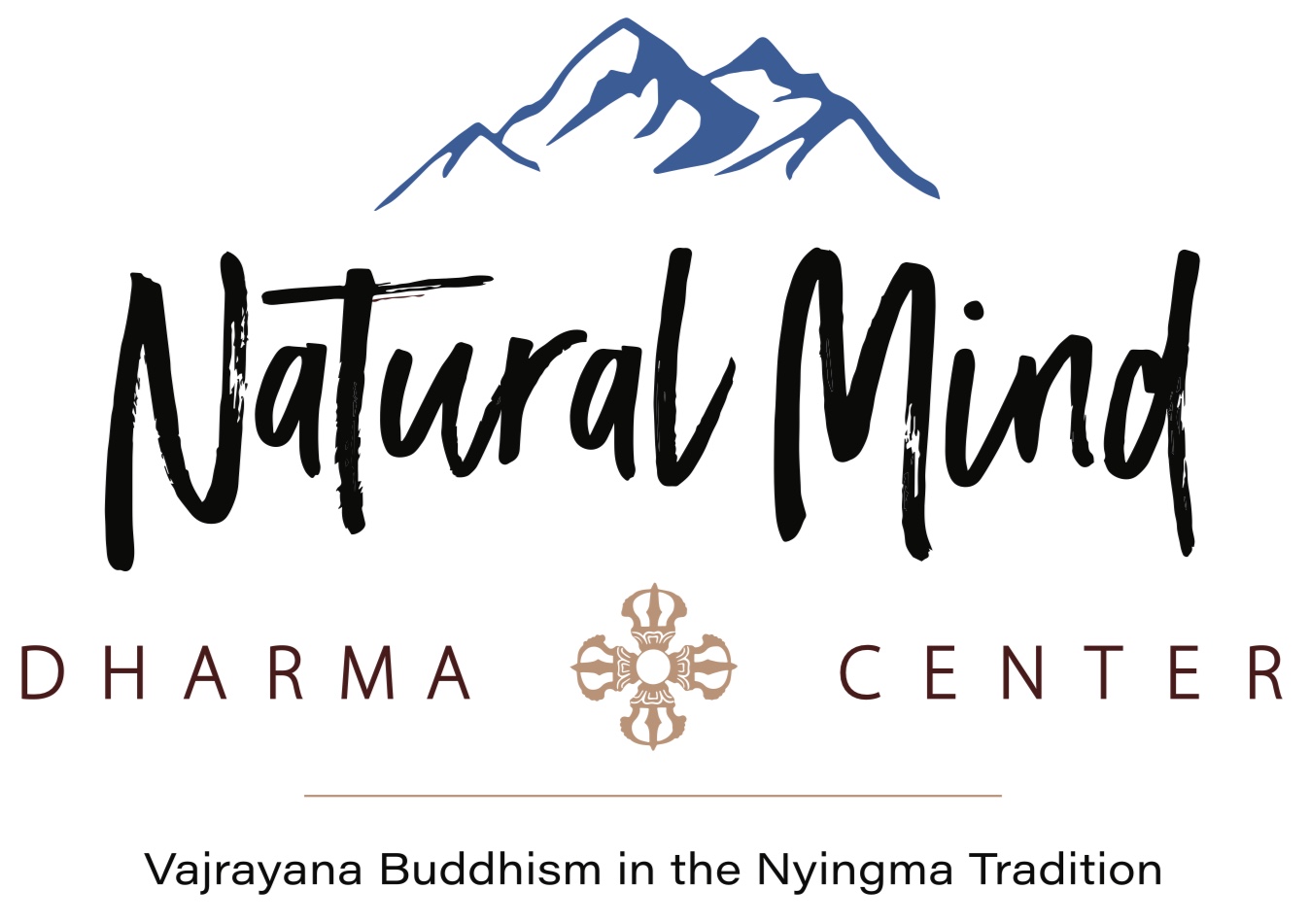Mirror to the Light—Part II: Meditation
I am often asked why we do not spend more time in silent meditation at our center. The simple answer is that silent meditation was never emphasized by my teachers. It was only a part of overall practice. The longer answer is more involved and speaks to the misunderstanding about the nature of meditation in Vajrayana by many Buddhist-inclined folks.
On an absolute level, meditation is more a way of perceiving than a specific practice, although some formal practice is important in refining attention and stabilizing one’s mind. It is a matter of working directly with the habits of mind, recognizing them, and liberating our identification with those habits (seeing the emptiness nature). All of this naturally occurs in the visualizing and dissolving practice of Ngöndro, or the foundational practice in Vajrayana.
When we work with visualization, we look directly into the self-radiance of mind and may notice momentary obscuations. When we dissolve the visualization, the mind naturally settles into the intrinsically free state. When we ‘get’ this process, it is effortless—and everything we experience becomes meditation. But on a relative level, since we often fail to recognize intrinsically free awareness, we engage in ‘meditation practice’.
In early school teachings of Theravada and some Mahayana Buddhist teachings, there are linear growth stages of meditation practice where we gradually ripen our mind awareness. But in Vajrayana, specifically the Nyingma tradition, the dzogchen approach is to immediately recognize the emptiness nature or intrinsic freedom of the wisdom mind through direct introduction. This non-gradual approach requires preparation on the part of the student and a teacher who has at least some realization.
The core practice in Vajrayana is “guru yoga”. If we recognize emptiness/awareness which is the true face of the teacher (the one who mirrors our true nature), we experience the non-dual mind. When we dissolve the form, we experience the spontaneous union of shamatha (calm abiding) and vipassana (insight) meditation. Again, this is effortless. With practice, we abide continuously in the natural mind and discover this is our ordinary state of awareness.
One of the major obstacles to cultivating a state of meditative awareness is the idea that there is some extraordinary experience to be gained. This illusion ignores the inherent fact of pure awareness in every moment. In search of the extraordinary, we miss the ordinary. In hoping to discover, we miss what is already here.
If we recognize the true face of everything, there is no place to go. If we are not mindful, long periods of meditation may only lull us into a kind of dissociative lethargy in which we momentarily disconnect from our neuroses. It is like sitting too long in a hot tub and have no energy to move. We may think we are relaxed but we are just wasted. Better to take a cold plunge and snap out of it!
Mindful non-meditation is always more beneficial than dull meditation.
